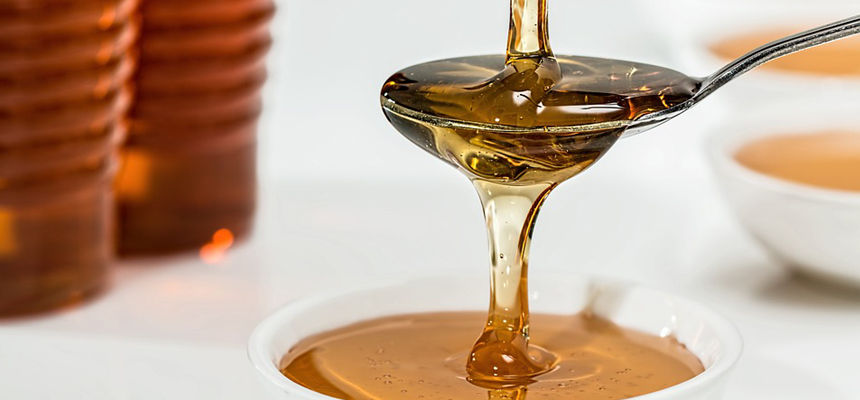Indoor air pollution deadlier than Outdoor Air Pollution

Forget the outdoor pollution - it's the air Indoor that is ruining your lung. With increasing incidences of respiratory conditions in cities, experts warn people to the hazards of indoor air pollution and call for taking precautionary measures. Indoor air pollution is 10 times worse than outdoor air pollution.
There is growing evidence that the air quality in our houses, workplaces and public buildings is a serious threat to health. These days people spend more than 90% of their time in indoor environments either inside the office, school, college, commercial, industrial buildings or inside residential houses, makes them highly vulnerable to the hazards of poor indoor air quality.
Three types of Indoor Air Pollutants
The micron—one-millionth of a meter—is central to measuring indoor air quality (IAQ). A human hair, for example, averages 50 to 100 microns in diameter, near the lower limit of naked-eye visibility. The three major types of pollutants all vary considerably in size:
1. Particles—dust, pollen, gritty matter and pet dander 100 microns or smaller in diameter
2. Microorganisms and bioaerosols—dust mites, viruses, bacteria, mold spores, fungi and any other living organisms down to around 0.01 microns
3. Chemical vapors and odors—volatile organic compounds (VOCs), odors, smoke and perfumes given off my cleaning products, manufacturing solvents in upholstery and carpeting, and cooking smells
Adverse health effects of air pollutants
Acute:
![]() Irritation of the mucous membranes (eyes, nose, throat)
Irritation of the mucous membranes (eyes, nose, throat)
![]() Cough, wheeze, chest tightness
Cough, wheeze, chest tightness
![]() Increased airway responsiveness to allergens
Increased airway responsiveness to allergens
![]() Increased incidence of acute respiratory illness: "cold", pneumonia, otitis media
Increased incidence of acute respiratory illness: "cold", pneumonia, otitis media
![]() Tracheobronchitis
Tracheobronchitis
![]() Exacerbation of asthma
Exacerbation of asthma
Chronic:
![]() Long-term exposure decreases lung growth
Long-term exposure decreases lung growth
![]() Impairment of pulmonary function
Impairment of pulmonary function
![]() Increased susceptibility to chronic obstructive lung diseases, including asthma
Increased susceptibility to chronic obstructive lung diseases, including asthma
Clean air is the foremost requirement to sustain healthy lives and it is always better to prevent rather than
treat illness:
![]() Ventilation – building design
Ventilation – building design
![]() Air cleaning – NOT air fresheners
Air cleaning – NOT air fresheners
![]() Air filters and ionizers may remove some airborne particles
Air filters and ionizers may remove some airborne particles
![]() Gas adsorbing material is used to remove gaseous contaminants
Gas adsorbing material is used to remove gaseous contaminants
![]() Encasing mattress and pillows
Encasing mattress and pillows
![]() Washing bedding in hot water
Washing bedding in hot water
![]() Frequent vacuuming / damp mopping
Frequent vacuuming / damp mopping
![]() Decreasing clutter
Decreasing clutter
![]() Removing carpets
Removing carpets
![]() Improved Stoves
Improved Stoves
![]() Clean fuels (kerosene, gas)
Clean fuels (kerosene, gas)
![]() Regular maintenance of cooking, heating and cooling systems
Regular maintenance of cooking, heating and cooling systems
![]() Choose non-volatile, non-toxic building materials
Choose non-volatile, non-toxic building materials
![]() Maintaining dry homes and schools
Maintaining dry homes and schools
![]() Dilute and remove pollutants through ventilation with outdoor air
Dilute and remove pollutants through ventilation with outdoor air
“The good air quality inside can be maintained to certain extent by proper ventilation, planting indoor plants and other dust control methods, but still the minute dust particles, bacteria, virus, pollens & other airborne pollutants stay in our house causing various respiratory illness like asthma & allergies. Air purifier may help in improving indoor air quality by capturing & removing minutest pollutants from the air.” says Dr. V Ramana Prasad, Sr.Consultant Pulmonologist, KIMS Hyderabad.
“Indoor air pollution is one of the major cause for the increased numbers of respiratory illness & heart diseases. Looking at steep rise in prevalence of respiratory and heart problems, air purifier can be one of the most effective way to tackle the problem. Hence while choosing an air purifier it is important to identify an air purifier which captures minutest of air pollutants.” says, Mr. Arvind Chabra, India Head, Blueair India.

 Disclaimer: Welthi.com does not guarantee any specific results as a result of the procedures mentioned here, and the results may vary from person to person.
Disclaimer: Welthi.com does not guarantee any specific results as a result of the procedures mentioned here, and the results may vary from person to person.









